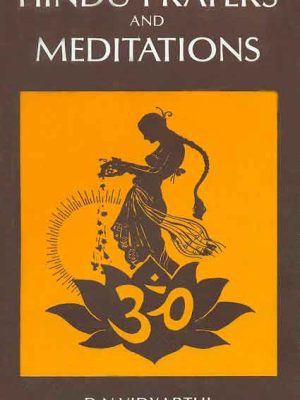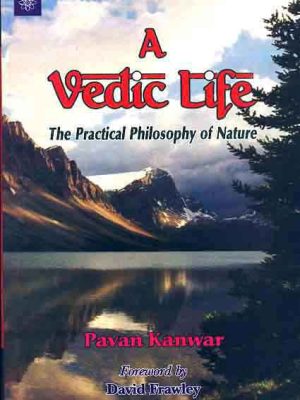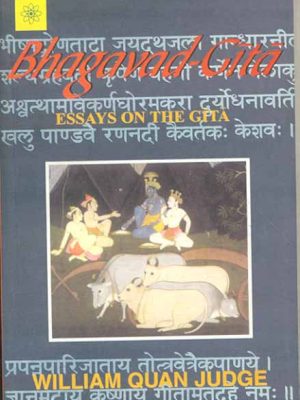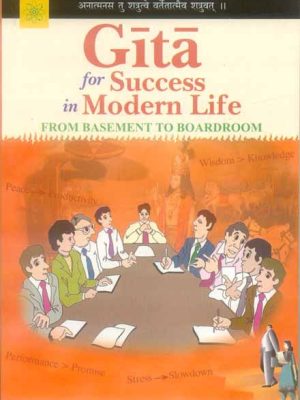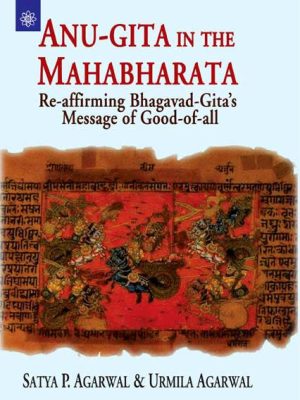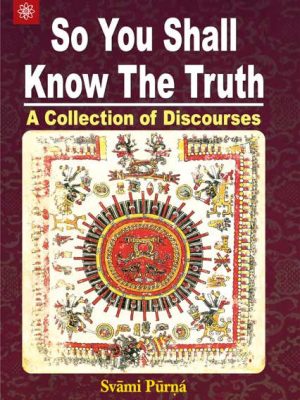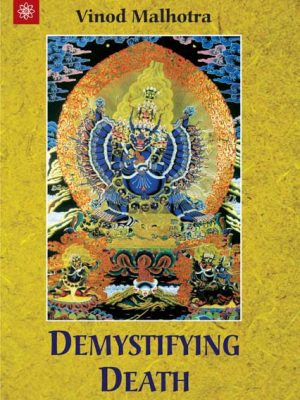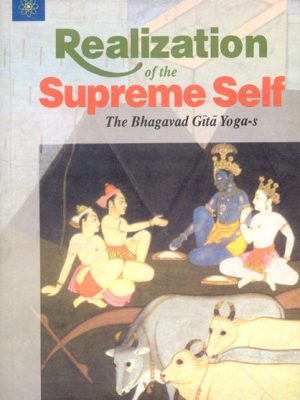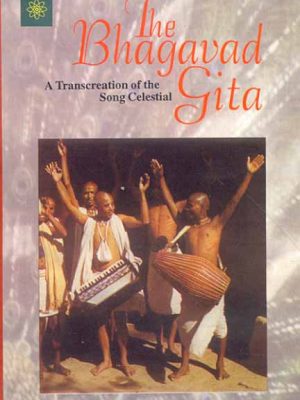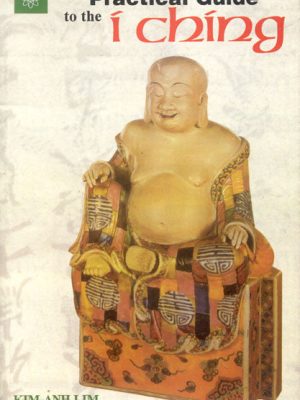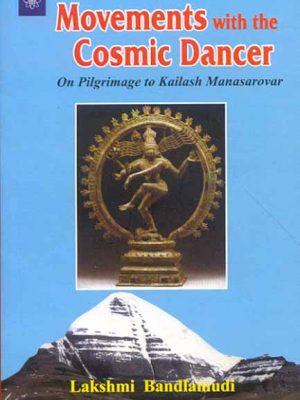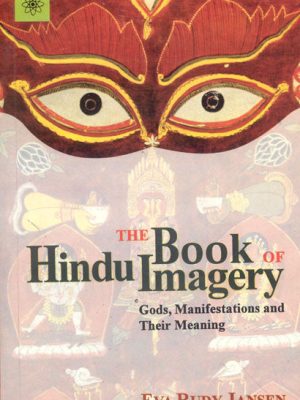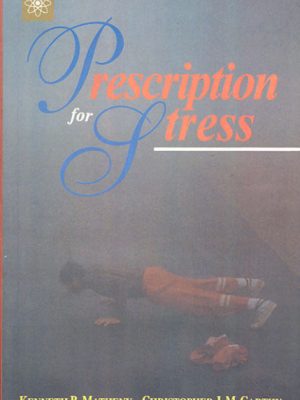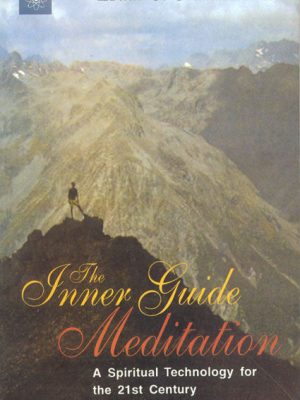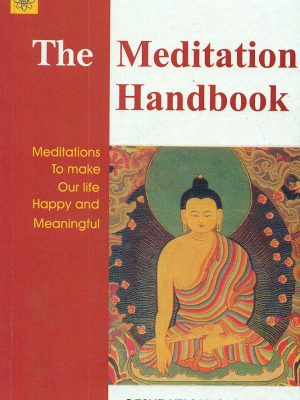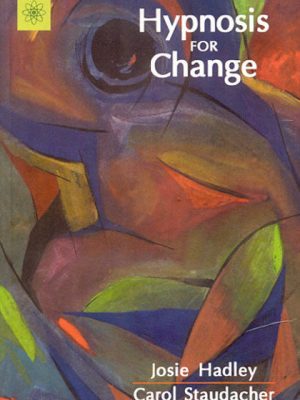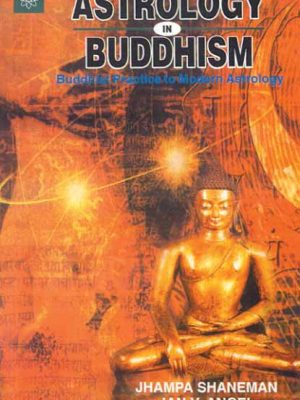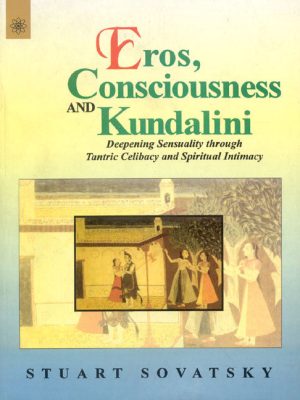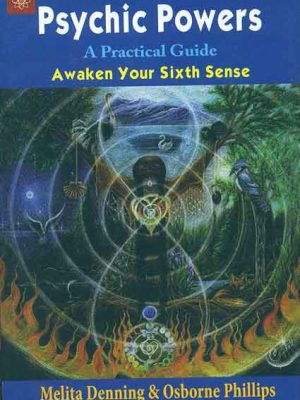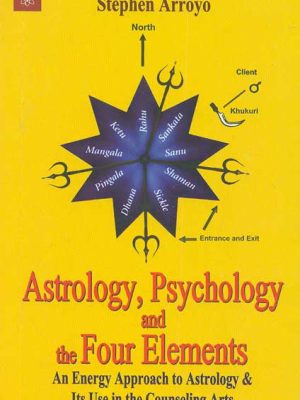New Age Books
-
Hindu Prayers and Meditations
Hindu Prayers and Meditations
Hindus must pray daily morning at sunrise and evening at sunset one must have divine communication with God, and ask Him for Light and Guidance in life. Hindu scriptures abound in prayers. They are of different types and of complex nature, and form part of various rituals and ceremonies. In our daily life, however, we need not be bothered with these complexities. A few simple prayers, will serve our needs beautifully. The only thing we have to constantly keep in mind is the purity of our hearts and sincerity of purpose. We cannot offer prayers precariously and half-heartedly.
Author
D.N. Vidyarthi
₹225.00Hindu Prayers and Meditations
₹225.00 -
A Vedic Life: The Practical Philosophy of Nature
A Vedic Life: The Practical Philosophy of Nature
In Sanskrit, the word veda refers to knowledge, and the ancient tradition known as the Vedic tradition is linked with India and focuses primarily on knowledge. It is not about any one kind of information, but rather about knowledge in general as a tool for comprehending and experiencing reality. As a result, it is a tradition that does not restrict itself to one one system. Instead, it takes a perspective that is open and inclusive, and it believes that a reasonable approach is very necessary. However, it does not restrict itself to logic alone; rather, it also examines an approach that is focused on inner perception, since this is a vital aspect of both our knowledge and our experience of reality. The book titled “A Vedic Life” is a presentation that outlines some of the most significant aspects of the Vedic method of approaching information. It does this not for any specific religious or sectarian motive, but rather for the sake of knowledge, as indicated above, and as a result, it is anticipated that it will be able to contribute something to a range of opinions. Although the Vedas (books of wisdom) are intimately connected with the Vedic approach to knowledge because they exemplify its open and inclusive approach to information, the Vedic approach to knowledge is not limited to any one individual or book, as was previously noted. This aspect of the Vedic writings is expressed in a phrase from the Rig Veda, one of the core Vedic books, which states that “reality is one, but the knowledgeable call it by numerous names.”
The Vedic tradition is not the only one that has an open attitude toward knowledge; nonetheless, it is perhaps the most in-depth and oldest system of its kind. It is also the best maintained, despite the fact that a significant amount of its knowledge has been lost in modern times. Despite the fact that many of its pioneering philosophers had a completely different perspective, the system of contemporary science obviously clearly strives to the same ends; nevertheless, it does not truly recognise any other kind of thought than that which is founded on reason and sensory evidence. This book will examine the benefits and drawbacks of the methodology that is being used by contemporary science, particularly in light of the Vedic methodology for doing scientific research.
Because Sanskrit being the primary language used throughout the Vedic period, the book makes extensive use of Sanskrit words and phrases throughout its content. Once again, this is not due to any kind of ceremonial purpose; rather, it is due to the fact that the Sanskrit language used in the Vedas has a very well developed vocabulary in relation to psychology and philosophy. In addition, an effort will be made to show that Sanskrit is a natural language for the purpose of acquiring information, and this effort will be documented.
₹225.00 -
Bhagavad Gita: Combined with his Essays on the Gita
The Gita offers a succinct summary of ancient Indian philosophy, with particular emphasis on the Supreme Spirit as both immanent and transcendent. Since its introduction into the Western world some two hundred years ago, the poem has been translated into practically every modern tongue, and is today the most widely read and discussed of all Eastern scriptures. Its emphasis is on two aspects selflessness. Recension of the Gita, combined with illuminating Essays on the poem make the present work unique. It works as a bridge between the Gita’s oriental approach and modern occidental thought.
Review(s)
About the Author(s)
WILLIAM Q. JUDGE, a renowned Theosophist of his time, had profound
knowledge and deep insight into the study of Theosophy. He was the writer
of highly acclaimed ideas that transmit perfectly the wisdom of Theosophy
to the lay readers.
₹250.00 -
Gita For Success In Modern Life: From Basement to Board Room
This book underscores that the Gita is not for abandoning active life but for reconstructing.
The book focuses particularly on the modern man. It does not deal with an imaginary or an ideal situation but with man’s real life. It recognises that man is caught up in a whirlpool of conflicting values and tries to resolve and reconcile them. The book explores various dimensions of man’s life – as an individual, as a family member, as a social being and as a businessman, as well.
The book selects only a few chapters and shlokas and brings out the principal teachings of the Gita which are of direct relevance in the context of contemporary modern life.
Review(s)
“Parables and metaphors in the Gita have been used as in other ancient scritures and literature to explain the subtle meanings in a simple manner to the reader……Separate chapters have been devoted to different ingredients of Karma Yoga……A Pe
About the Author(s)
₹250.00 -
Anu-Gita in the Mahabharata: Re-affirming Bhagavad-Gita’s Message of Good-of-all
Anu-Gita in the Mahabharata: Re-affirming Bhagavad-Gita’s Message of Good-of-all
The purpose of writing this book is to make available to English-knowing readers, an easyto-read version of Anu-Gita. Although Anu-Gita is an important part of the Maha-bharata, it has so far not been presented in a simple form to common people, with the result that most people do not even
know that such a book exists. The prefix ‘Anu’ denotes ‘after’, so Anu-Gita literally means ‘Gita occuring after’. In the Mahabharata, Bhagavat-Gita occurs in Parva No. 14. (In all, there are 18 Parvas in the Mahabharata).
It is well known that the Gita was taught by Lord Krishna to Arjuna on the battle field of
Kuruksetra. So it was a time of crisis at the time of Anu-Gita. In fact, the Mahabharata war was over and peace was established in the Kingdom, under the rule of Yudhisthira (whom every one including Arjuna supported).
But the format of Anu-Gita is different from that of the Gita. In the Gita, there was dialogue between Krishna and Arjuna. On the other hand, in Anu-Gita, Krishna makes use of three ancient
dialogues. Because of this, Anu-Gita has a lot of repetitions, which have made it longer than the
Gita. For example, Anu-Gita has thirty-six chapters (compared to eighteen chapters in the Gita), and 1040 shlokas (compared to 700 shlokas in the Gita). In order to present Anu-Gita in an easy-to-read version, the authors have omitted the repetitions, and have selected 400 shlokas. But they have retained all the main teachings of Anu-Gita.
Most people (even in India) have not heard the name of Anu-Gita. This is so because, although Anu-Gita is an important part of the Mahabharata, no scholarly study of it, in a simple language, has so far been published. This gap will be filled by this pioneering book, which explains under what circumstances was the Gita taught by Lord Krishna to Arjuna, for the second time. This book is divided into two parts. Part I presents the Sanskrit-shlokas of Anu-Gita, along with their translation in simple English. Part II explains the main points of similarity, as well as dissimilarity, between Gita and Anu-Gita.
Author
Satya P. Agarwal
₹250.00 -
-
Realization of the Supreme Self: The Bhagavad Gita Yogas
This book presents the Gita yoga in the light of explanations by Sankara.
The Gita can be misread, as Sankara says. It is not a gradual ascent to the
final devotion of the sould to a Lord high above. The whole basis of Gita
yoga is confirmation through experiments. not mere exhortion. This highly
significant book presents the Gita as a training manual for spiritual
practice.
Review(s)
About the Author(s)
₹295.00 -
The Bhagavad Gita: A Transcreation of the song celestial
The Bhagavad Gita is one of the world’s greatest scriptures, the key sacred text of Hinduism. It means the ‘Song of God’ and is often called the ‘Song Celestial’. Alan Jacobs has succeeded in revitalizing the ancient text into a form which reveals the full majesty of the magnificent scriptures as well as its practical message for today’s seekers. The outdated English of Sir Edwin Arnold’s fine poetic translation in 1885 has been trasnsformed and given clear meaning. It has also been expanded to reinforce the poetic imagery using cotemporary free verse based on innovative metaphors. “It is like a great symphony. each chapter relates to the last but leads on to the coda.”
Review(s)
About the Author(s)
₹295.00 -
-
Movements with the Cosmic Dancer: On Pilgrimage to Kailash Manasarovar
Movements with the Cosmic Dancer: On Pilgrimage to Kailash Manasarovar
Lakshmi Bandlamudi’s description of her journey to Kailash and Manasarover, representing as they do Purusha and Prakriti, the masculine and the feminine nature of existence, is deeply moving because she connects it to her own inner spiritual quest. Replete with mythical stories regarding Shiva and Parvati, and written with a special emphasis on the feminine, this book is a moving testament of a living faith which has persisted for thousands of years.
Lakshmi Bandlamudi’s script is a sublimely cosmic dance in itself hinting at a difficult life and a less than easy journey; she nonetheless describes her journey to Kailash the home of Shiva, as a transcendental pilgrimage of the soul. The story Tibetan territory she must traverse becomes almost irrelevant in her soul’s searching for answers to questions, which are both personal and universal.
Author
Lakshmi Bandlamudi
₹295.00 -
The Book of Hindu Imagery: Gods and Their Symbols
The Book of Hindu Imagery: Gods and Their Symbols
Hinduism is more than a religion; it is a way of ife that has developed over approximately 5 milennia. Its rich and multicultured history, which has no equivalent among the great religions of the world, has made the structure of its mythical and philosophical principles into a highly
differentiated maze, of which total knowledge is a practical impossibility.
This volume cannot offer a complete survey of the meaning of Hinduism, but Eva Rudy Jansen does provide an extensive compilation of important deities and their divine manifestations, so that modern students can understand the significance of the Hindu pantheon.
To facilitate easy recognition, a survey of ritual gestures, postures, attires and attributes as well as an index are included. Over 100 illustrations and several photographs make this book an important
reference, both to the student of Hindu art and the interested amateur.
About the Author(s)
EVA RUDY JANSEN
₹295.00 -
-
-
